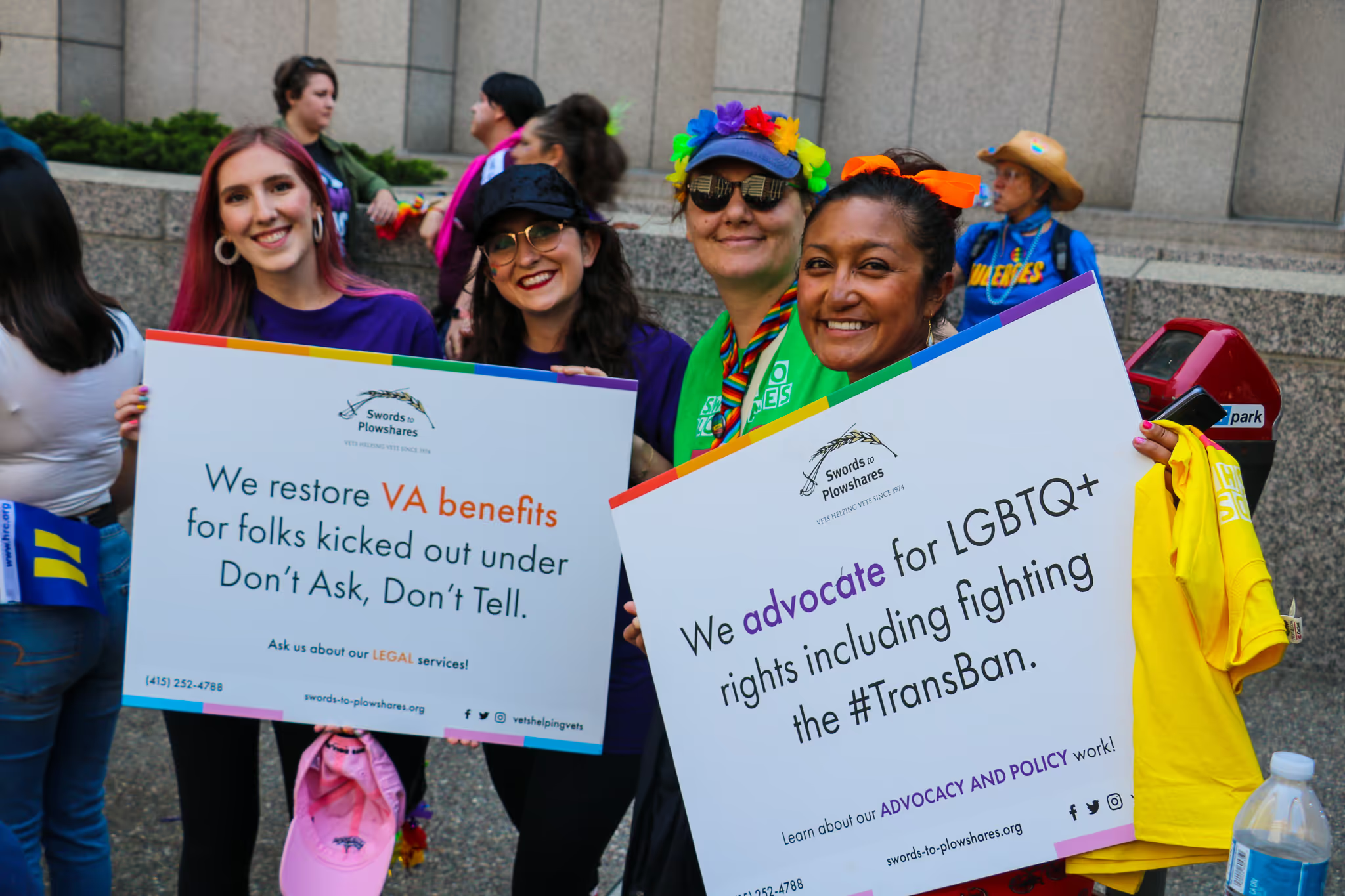APPLY AN EVALUATIVE LENS TO YOUR PROGRAM OPERATIONS
Applying an evaluative lens to your work is important. We can assume that our work is successful because we see the effects of our services on the veterans we serve. But you need to prove this in order to sustain veteran services.
Integrating your evaluation framework with your program operations is critical. Strategies need to be practical, ongoing and involve all stakeholders who have a hand in your services. Involve your direct service staff in the process as they are the ones who understand case management strategies and data entry. They will be the ones who can tell you if a particular data collection strategy or outcome will in fact work in practice.
An effective program evaluation framework can help you plan proven service strategies, improve your programs, and demonstrate the results of your services to funders and supporters.
Recommended Reading: The Framework for Evaluation in Public Health guides public health professionals in their use of program evaluation. It is a practical, nonprescriptive tool, designed to summarize and organize essential elements of program evaluation.
ENGAGE IN ESSENTIAL PROGRAM EVALUATION STEPS
The Centers for Disease Control and Prevention (CDC) has established six connected steps that together can be used as a starting point to shape your evaluation framework:
- Engage Stakeholders:
Engage stakeholders, including those involved in program operations; those served or affected by the program; and primary users of the evaluation.
- Describe the program:
Describe the program, including the need, expected effects, activities, resources, stage, context and logic model.
- Focus the evaluation design:
Focus the evaluation design to assess the issues of greatest concern to stakeholders while using time and resources as efficiently as possible. Consider the purpose, users, uses, questions, methods, and agreements.
- Gather credible evidence:
Gather credible evidence to strengthen evaluation judgments and the recommendations that follow. These aspects of evidence gathering typically affect perceptions of credibility: indicators, sources, quality, quantity, and logistics.
- Justify conclusions:
Justify conclusions by linking them to the evidence gathered and judging them against agreed-upon values or standards set by the stakeholders. Justify conclusions on the basis of evidence using these five elements: standards, analysis/synthesis, interpretation, judgment and recommendations.
- Ensure use and share lessons learned:
Ensure use and share lessons learned with these steps: design, preparation, feedback, follow-up and dissemination.
For additional help, see the CDC’s Ensuring Use and Sharing Lessons Learned as well as their checklist of items to consider when developing evaluation reports.
ENSURE YOUR EVALUATION WILL ACTUALLY WORK
The Joint Committee on Standards for Educational Evaluation has developed program evaluation standards, designed to help you determine whether your program evaluation is well-designed and actually works. The standards are adopted by evaluation experts and are recommended criteria for professionals to judge the quality of program evaluation efforts in public health. The standards are organized into four groups:
- Utility standards ensure that an evaluation will serve the information needs of intended users.
- Feasibility standards ensure that an evaluation will be realistic, prudent, diplomatic and frugal.
- Propriety standards ensure that an evaluation will be conducted legally, ethically and with due regard for the welfare of those involved in the evaluation, as well as those affected by its results.
- Accuracy standards ensure that an evaluation will reveal and convey technically adequate information about the features that determine worth or merit of the program being evaluated.
For more information, see The Program Evaluation Standards and Cultural Competence Table.









